Home>Furniture & Design>Interior Design Trends>How To Spot Uranium Glass
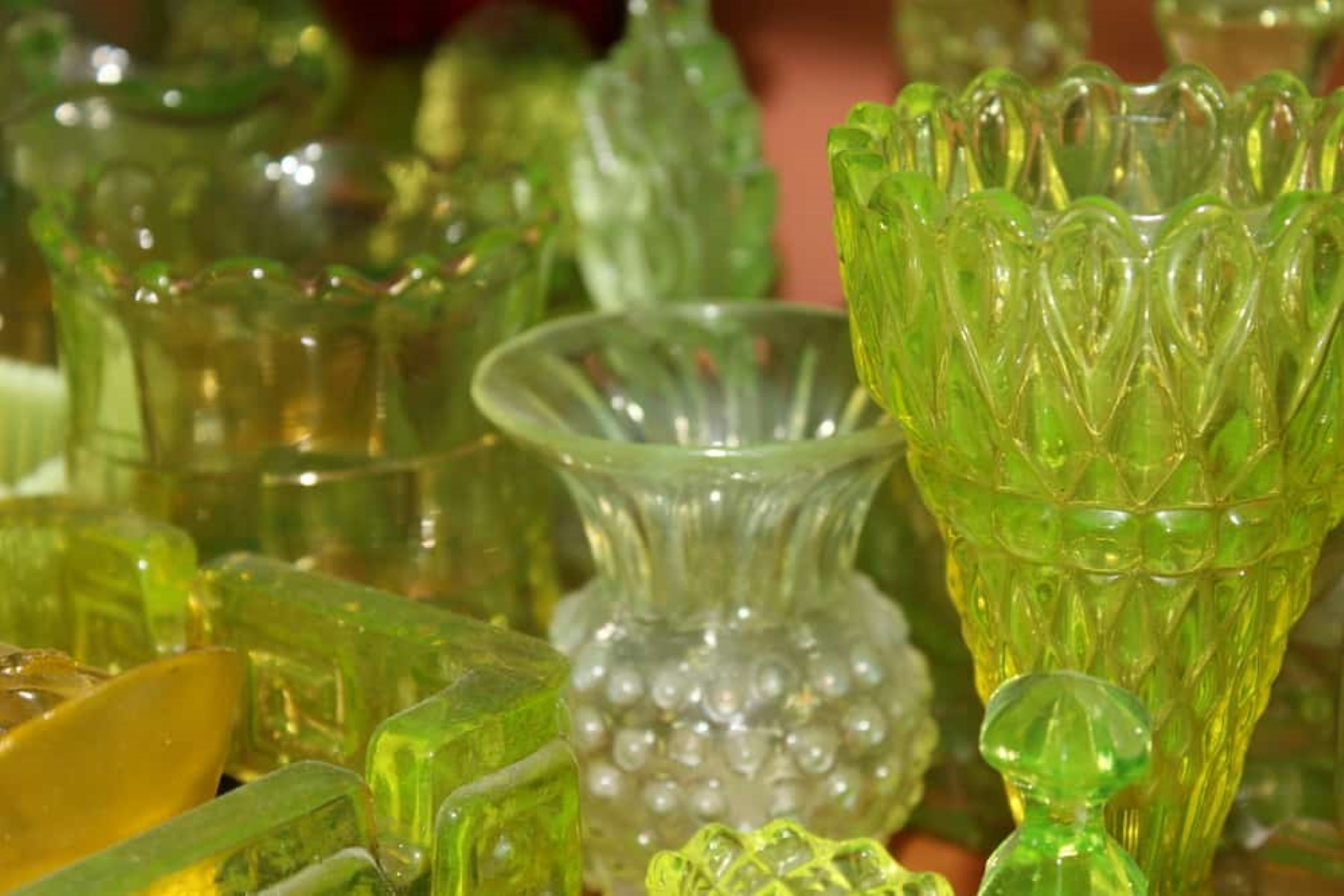

Interior Design Trends
How To Spot Uranium Glass
Modified: April 21, 2024
Learn how to spot uranium glass and incorporate it into your interior design with these trending tips. Discover the latest interior design trends for incorporating uranium glass.
(Many of the links in this article redirect to a specific reviewed product. Your purchase of these products through affiliate links helps to generate commission for Storables.com, at no extra cost. Learn more)
What is Uranium Glass?
Uranium glass, also known as Vaseline glass, is a type of glass that contains uranium oxide. This unique glass gained popularity in the 19th century due to its distinct fluorescent glow under ultraviolet light. The uranium content in the glass gives it a characteristic yellow or green tint, ranging from pale to vibrant hues.
The use of uranium in glassmaking dates back to the 1830s, and it was primarily utilized to achieve vibrant colors in glassware and decorative items. Despite its name, uranium glass is not radioactive enough to pose a health risk during typical use. The uranium content is generally low and well-contained within the glass matrix, making it safe for practical use.
Uranium glass has been employed in a wide range of items, including vases, cups, plates, and decorative objects. Its unique appearance and historical significance have made it a sought-after collectible for enthusiasts and antique aficionados.
The distinctive fluorescence of uranium glass under ultraviolet light sets it apart from other types of glass, making it a fascinating and visually striking addition to any collection. Its ability to emit a soft, ethereal glow has captivated collectors and enthusiasts for generations, adding an element of intrigue to this exceptional glassware.
Understanding the allure and characteristics of uranium glass is essential for collectors and individuals interested in vintage glassware. Its historical significance, unique visual appeal, and the intriguing role of uranium in its composition make it a captivating subject for those passionate about antique glass and decorative arts.
Key Takeaways:
- Uranium glass, also known as Vaseline glass, is a unique type of glass that glows under ultraviolet light due to its uranium content. It’s safe to use and sought after by collectors for its historical significance and captivating glow.
- Identifying uranium glass involves recognizing its fluorescent glow, yellow or green color, and transparency. It can be found in antique shops, online auctions, estate sales, collectible shows, and private collections. Safety precautions should be taken when handling uranium glass.
Read more: What Is Uranium Glass
History of Uranium Glass
Uranium glass, also known as Vaseline glass, has a rich and fascinating history that spans over two centuries. The use of uranium in glassmaking can be traced back to the early 19th century, with its popularity reaching its peak during the late Victorian era and the early 20th century. The incorporation of uranium oxide into glass compositions was initially motivated by the desire to achieve vibrant and striking colors in glassware.
During the 1830s, glassmakers began experimenting with uranium oxide as a colorant, leading to the creation of glass pieces with a distinct yellow or greenish tint. This unique characteristic set uranium glass apart from other types of glass and quickly captured the attention of consumers and collectors alike. The vivid hues and the ability to emit a soft fluorescent glow under ultraviolet light made uranium glass a highly desirable and sought-after commodity.
The term "Vaseline glass" emerged due to its resemblance to the color of petroleum jelly, commonly known as Vaseline. This association with the popular household product further contributed to the appeal of uranium glass, as it became synonymous with a vibrant and translucent aesthetic.
Uranium glass experienced a surge in production and popularity during the late 19th and early 20th centuries, with numerous glassworks across Europe and the United States incorporating uranium oxide into their glass formulations. The resulting glassware ranged from delicate vases and ornate tableware to intricate decorative items, each showcasing the unique visual allure of uranium glass.
The widespread production and consumption of uranium glass eventually waned as the use of uranium oxide in glassmaking diminished due to various factors, including changing consumer preferences and safety concerns. However, the historical significance and visual appeal of uranium glass have ensured its enduring legacy as a prized collectible and a cherished remnant of a bygone era.
Today, uranium glass holds a special place in the world of antique collecting and decorative arts, with enthusiasts and collectors avidly seeking out these captivating pieces. The historical journey of uranium glass, from its innovative inception to its enduring appeal, continues to fascinate and inspire those with an appreciation for the artistry and craftsmanship of vintage glassware.
Characteristics of Uranium Glass
Uranium glass, also known as Vaseline glass, possesses a distinctive set of characteristics that contribute to its allure and desirability among collectors and enthusiasts. These unique traits set uranium glass apart from conventional glassware, making it a captivating and sought-after addition to any collection.
1. Fluorescent Glow:
One of the most striking characteristics of uranium glass is its ability to emit a mesmerizing fluorescent glow when exposed to ultraviolet light. This phenomenon, known as UV fluorescence, imparts a soft and ethereal radiance to the glass, creating an enchanting visual display that captivates onlookers. The fluorescence of uranium glass ranges from a subtle, pale glow to a vibrant, luminous emission, adding an element of mystique and fascination to each piece.
2. Distinctive Coloration:
The incorporation of uranium oxide in the glass composition imparts a unique coloration to uranium glass, typically manifesting as a pale yellow or green tint. This distinct hue varies in intensity, ranging from delicate pastel shades to more pronounced and vivid tones. The coloration of uranium glass contributes to its visual appeal, evoking a sense of elegance and vintage charm that distinguishes it from other types of glassware.
Read more: How To Find Uranium Glass
3. Transparency and Luminosity:
Uranium glass exhibits a remarkable level of transparency, allowing light to pass through and illuminate its radiant hues. This transparency, coupled with its inherent luminosity, imparts a captivating quality to uranium glass, creating a play of light and color that enhances its aesthetic appeal. Whether displayed as decorative pieces or utilized in practical applications, the transparent and luminous nature of uranium glass adds a touch of sophistication to any setting.
4. Historical Significance:
Beyond its visual characteristics, uranium glass holds significant historical value, reflecting the innovative use of uranium oxide in glassmaking during the 19th and early 20th centuries. The historical context surrounding uranium glass contributes to its appeal, as collectors and enthusiasts are drawn to its role as a tangible artifact of a bygone era, encapsulating the artistry and craftsmanship of a bygone era.
5. Collectible Appeal:
The unique combination of fluorescence, coloration, transparency, and historical significance renders uranium glass highly collectible. Enthusiasts and collectors are drawn to the captivating allure of uranium glass, seeking out rare and exceptional pieces to add to their curated collections. The distinct characteristics of uranium glass make it a prized and cherished commodity among those with an appreciation for vintage glassware and decorative arts.
In summary, the characteristics of uranium glass, including its fluorescent glow, distinctive coloration, transparency, historical significance, and collectible appeal, contribute to its enduring fascination and desirability. These traits encapsulate the timeless allure of uranium glass, ensuring its continued prominence as a cherished and sought-after artifact of artistic and historical significance.
How to Identify Uranium Glass
Identifying uranium glass, also known as Vaseline glass, involves recognizing its unique visual and material characteristics. Whether you are a collector, enthusiast, or simply intrigued by vintage glassware, understanding the key indicators of uranium glass can enhance your appreciation for this captivating material.
Read more: How Radioactive Is Uranium Glass
1. UV Fluorescence:
The most distinctive feature of uranium glass is its remarkable ability to fluoresce under ultraviolet (UV) light. When exposed to a UV light source, such as a black light, genuine uranium glass emits a soft, glowing fluorescence ranging from pale yellow to vibrant green. This characteristic glow sets uranium glass apart from other types of glass and serves as a definitive identifier.
2. Coloration:
Uranium glass typically exhibits a subtle yellow or green tint, attributed to the presence of uranium oxide in its composition. The coloration may vary in intensity, ranging from delicate pastel shades to deeper, more pronounced hues. When examining glassware for potential uranium content, the distinct yellow or green color can provide valuable clues for identification.
3. Transparency:
Uranium glass is known for its transparency, allowing light to pass through and illuminate its distinct coloration. Holding a piece of glass up to a light source can reveal its transparency, providing insight into its composition. The combination of transparency and unique coloration contributes to the visual appeal of uranium glass and aids in its identification.
4. Material Testing:
For a more definitive identification, specialized testing methods can be employed to confirm the presence of uranium in glassware. Using a Geiger counter or a uranium mineral detector, which are sensitive to radioactive materials, can help verify the uranium content in glass items. However, it's important to exercise caution and follow safety guidelines when conducting such tests.
Read more: How Dangerous Is Uranium Glass
5. Expert Consultation:
In cases where uncertainty persists, seeking guidance from experienced collectors, antique dealers, or glassware experts can provide valuable insights into identifying uranium glass. Their expertise and knowledge of vintage glassware can offer assistance in distinguishing genuine uranium glass from other similar materials.
By familiarizing yourself with these identification methods, you can develop a discerning eye for recognizing uranium glass and gain a deeper understanding of its unique properties. Whether you are exploring antique markets, adding to your collection, or simply admiring the beauty of uranium glass, honing your ability to identify this captivating material can enrich your experience and appreciation for vintage glassware.
Where to Find Uranium Glass
Uranium glass, with its captivating fluorescence and historical significance, can be found in various locations, catering to collectors, enthusiasts, and individuals with an appreciation for vintage glassware. Understanding where to find uranium glass can open doors to discovering rare and exceptional pieces that enrich collections and add a touch of timeless elegance to any setting.
-
Antique Shops and Markets:
Antique shops and markets are prime destinations for encountering uranium glass. These establishments often feature curated collections of vintage glassware, including uranium glass items such as vases, bowls, and decorative pieces. Exploring these venues can unveil a treasure trove of uranium glass, offering opportunities to acquire unique and historically significant pieces. -
Online Auctions and Marketplaces:
The digital landscape provides a platform for accessing a diverse array of uranium glass items. Online auctions and marketplaces host a wide range of vintage glassware, allowing collectors and enthusiasts to browse and acquire uranium glass from the comfort of their homes. Platforms such as eBay, Etsy, and specialized antique websites showcase an extensive selection of uranium glass, catering to a global audience of discerning collectors. -
Estate Sales and Auctions:
Estate sales and auctions present occasions to discover uranium glass amidst estate liquidations and private collections. These events often feature a diverse assortment of antiques and collectibles, including uranium glass pieces that have been preserved and passed down through generations. Attending estate sales and auctions can unveil hidden gems of uranium glass, offering a glimpse into the historical and artistic legacy of these captivating glassware items. -
Specialized Collectible Shows and Fairs:
Specialized collectible shows and fairs dedicated to vintage glassware and antiques provide immersive experiences for enthusiasts seeking uranium glass. These events bring together dealers, collectors, and vendors, showcasing an extensive range of uranium glass items, from rare specimens to iconic designs. Navigating these shows and fairs can lead to remarkable discoveries and connections within the vibrant community of uranium glass aficionados. -
Private Collections and Estate Liquidations:
Building connections within the antique and vintage glassware community can lead to opportunities to acquire uranium glass from private collections and estate liquidations. Engaging with fellow collectors and enthusiasts can unveil avenues for acquiring unique and cherished pieces of uranium glass, often accompanied by rich historical provenance and stories that enhance their allure.
By exploring these diverse avenues, individuals passionate about uranium glass can embark on a captivating journey of discovery, uncovering exceptional pieces that embody the timeless allure and historical significance of this remarkable glassware. Whether through traditional brick-and-mortar establishments or the digital realm, the quest to find uranium glass offers a rewarding and enriching pursuit for collectors and enthusiasts alike.
Safety Precautions for Handling Uranium Glass
When handling uranium glass, it is essential to prioritize safety and take appropriate precautions to ensure responsible and informed interaction with these unique glassware items. While the uranium content in uranium glass is generally considered safe for practical use, exercising care and mindfulness can mitigate potential risks and enhance the overall enjoyment of collecting and admiring these captivating pieces.
1. Minimize Direct Contact:
To minimize direct contact with uranium glass, particularly if the glassware shows signs of wear or damage, it is advisable to handle the items with clean, dry hands. This precaution helps prevent potential exposure to any residual uranium content that may be present on the surface of the glass.
Read more: How Is Uranium Glass Made
2. Avoid Ingestion and Inhalation:
As a general safety measure, refrain from using uranium glassware for food or beverage consumption. While the uranium content is typically well-contained within the glass matrix, avoiding ingestion reduces any potential risk. Additionally, refraining from blowing dust off uranium glass items can minimize the risk of inhaling any particles that may be present.
3. Display Considerations:
When displaying uranium glass, position the items in well-ventilated areas to ensure proper air circulation. This practice helps disperse any potential dust particles and maintains a clean environment for showcasing the glassware. Regular dusting with a damp cloth or gentle cleaning with mild soap and water can help maintain the glassware's appearance without dispersing particles.
4. Safe Storage Practices:
When storing uranium glass, opt for secure and stable storage solutions that minimize the risk of accidental breakage. Utilizing padded or lined storage containers can provide added protection for the glassware, reducing the likelihood of damage and potential exposure to uranium content.
5. Awareness of Radioactive Properties:
While the uranium content in uranium glass is considered low and poses minimal risk during typical handling, it is important to be aware of its radioactive properties. Understanding that uranium glass contains trace amounts of radioactive material can foster a responsible and informed approach to interacting with these unique glassware items.
By incorporating these safety precautions into the handling and care of uranium glass, collectors, enthusiasts, and individuals can engage with these captivating pieces in a conscientious and mindful manner. Prioritizing safety not only safeguards against potential risks but also contributes to a deeper appreciation for the historical and artistic significance of uranium glass within the realm of vintage glassware collecting and admiration.
Read more: How To Date Uranium Glass
Conclusion
In conclusion, the allure of uranium glass, also known as Vaseline glass, extends far beyond its captivating fluorescence and unique visual appeal. This remarkable glassware embodies a rich historical legacy, reflecting the innovative use of uranium oxide in glassmaking during the 19th and early 20th centuries. The distinct characteristics of uranium glass, including its mesmerizing UV fluorescence, subtle coloration, transparency, and historical significance, converge to create a captivating and sought-after collectible.
The journey of identifying and acquiring uranium glass unveils a world of discovery, where enthusiasts and collectors immerse themselves in the timeless elegance and historical resonance of these exceptional glassware items. Whether through antique shops, online platforms, estate sales, or specialized collectible shows, the quest to find uranium glass becomes a rewarding pursuit, offering opportunities to uncover rare and cherished pieces that embody the enduring allure of a bygone era.
Furthermore, the responsible handling and appreciation of uranium glass necessitate a mindful approach, prioritizing safety and informed interaction with these unique glassware items. By adhering to safety precautions and fostering an understanding of the radioactive properties of uranium glass, individuals can engage with these captivating pieces in a conscientious and respectful manner, enriching their experience and deepening their appreciation for vintage glassware.
Ultimately, the enduring fascination with uranium glass transcends its visual and material characteristics, encompassing a profound appreciation for its historical significance, artistic craftsmanship, and the enduring legacy it represents. As collectors and enthusiasts continue to cherish and seek out these remarkable pieces, the timeless allure of uranium glass persists, serving as a tangible link to a bygone era and a testament to the enduring appeal of vintage glassware within the realm of decorative arts and antique collecting.
Frequently Asked Questions about How To Spot Uranium Glass
Was this page helpful?
At Storables.com, we guarantee accurate and reliable information. Our content, validated by Expert Board Contributors, is crafted following stringent Editorial Policies. We're committed to providing you with well-researched, expert-backed insights for all your informational needs.
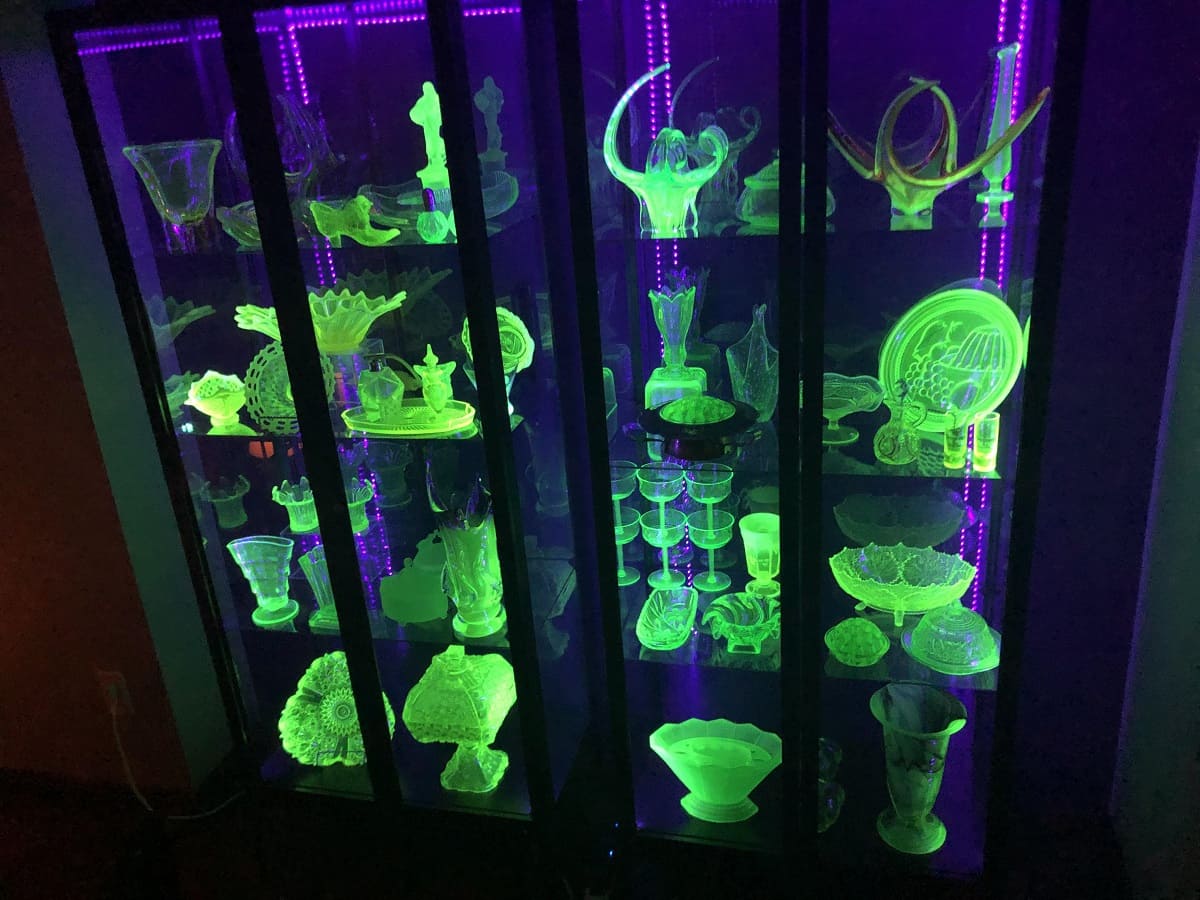
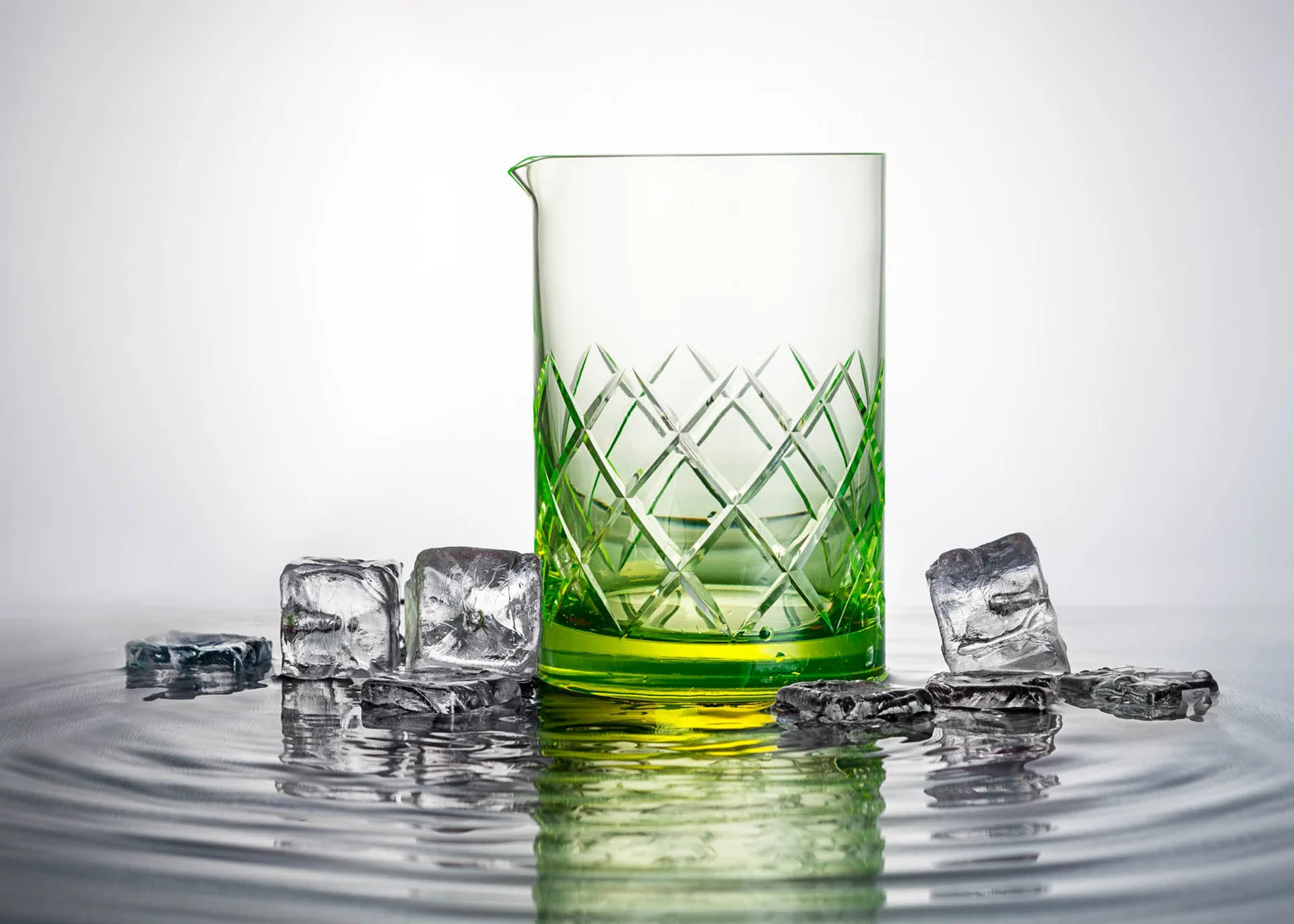
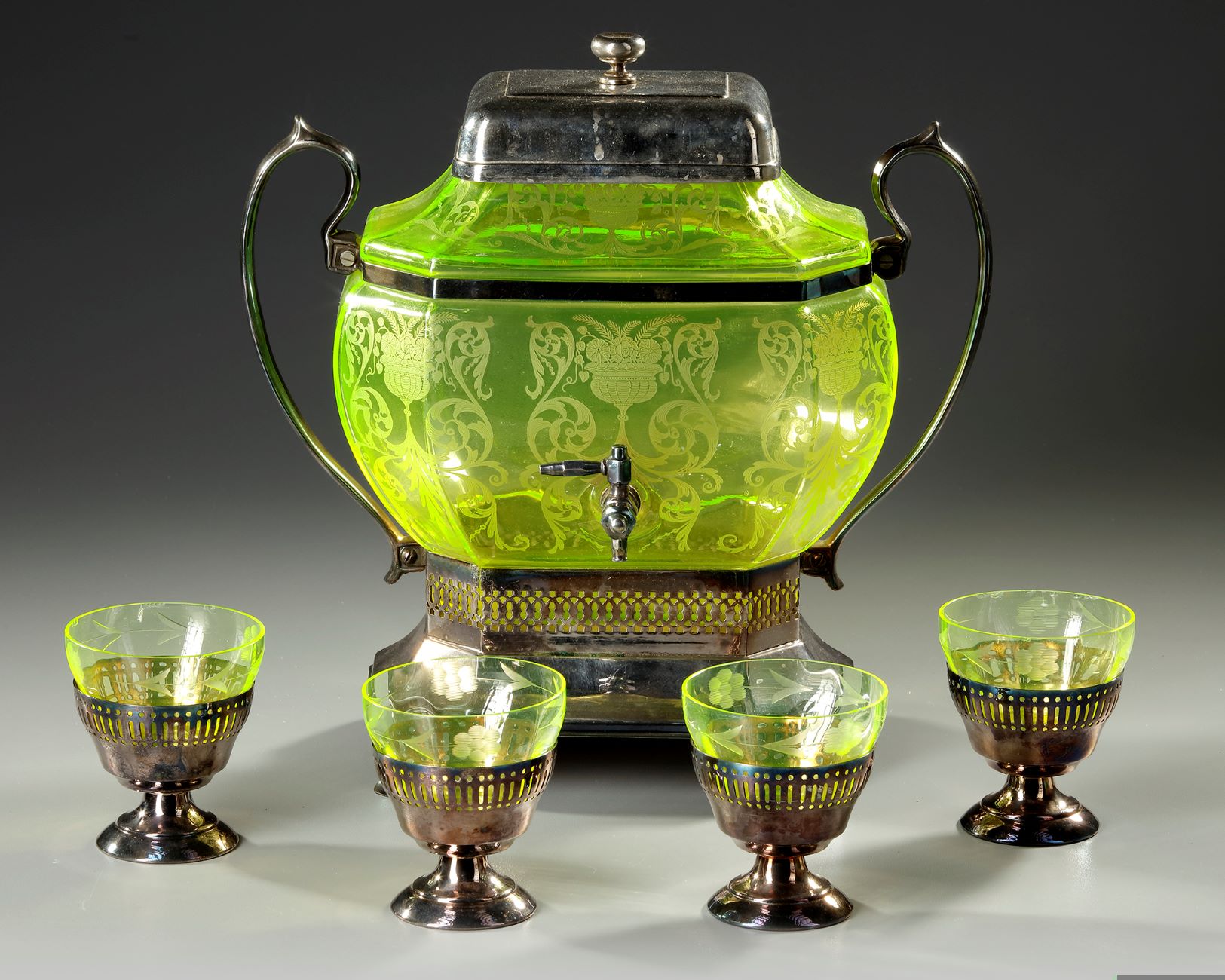
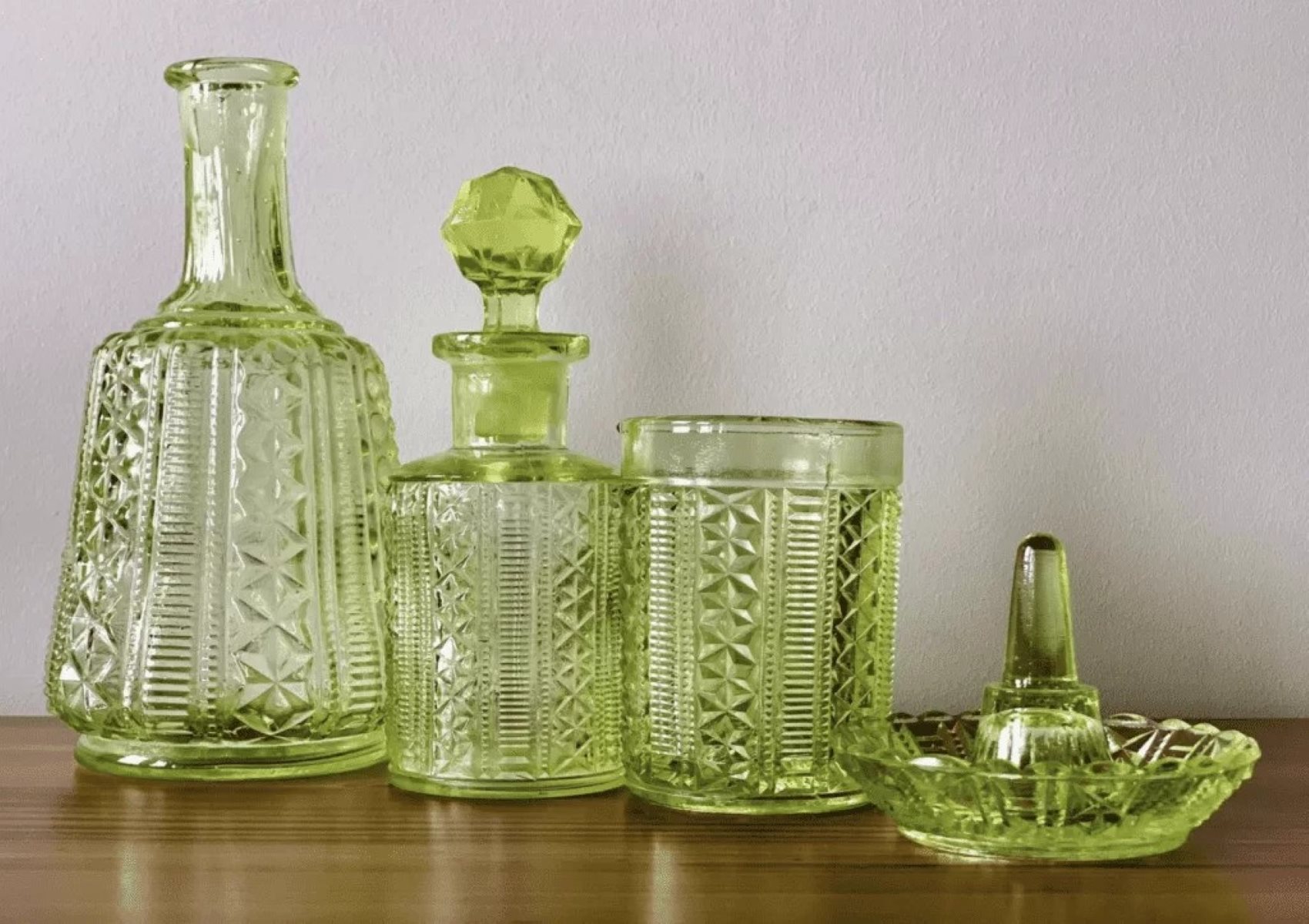
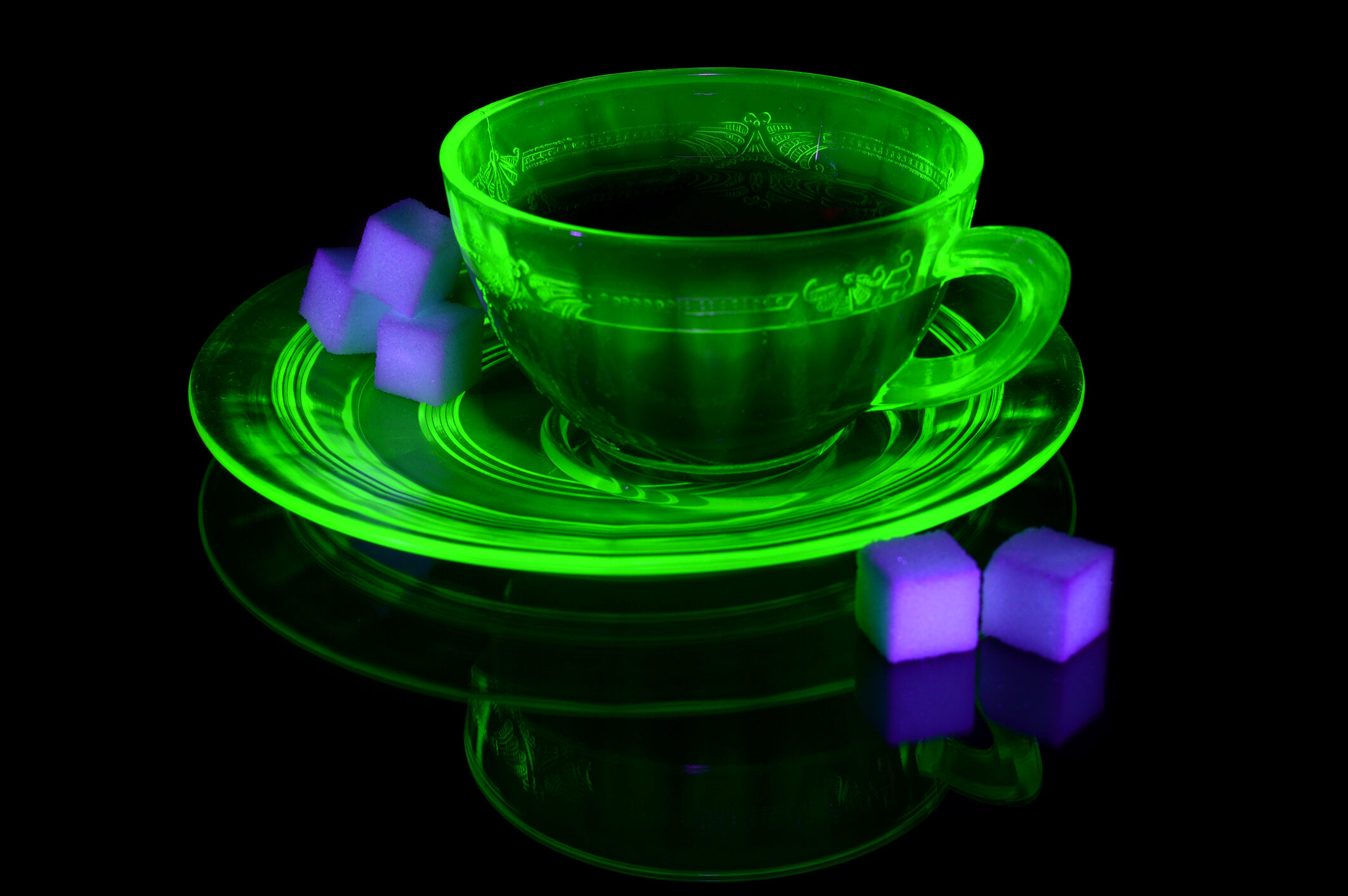
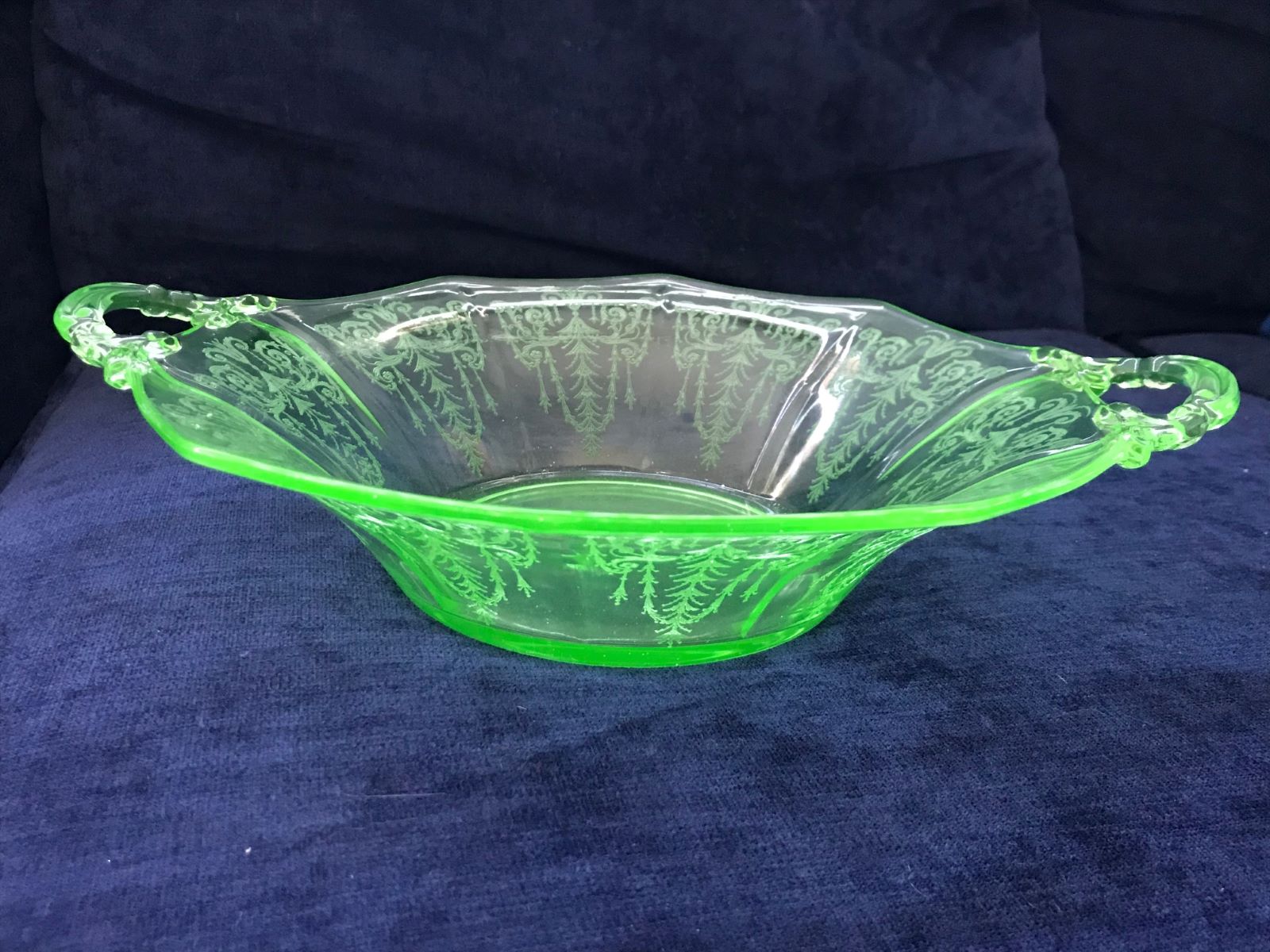
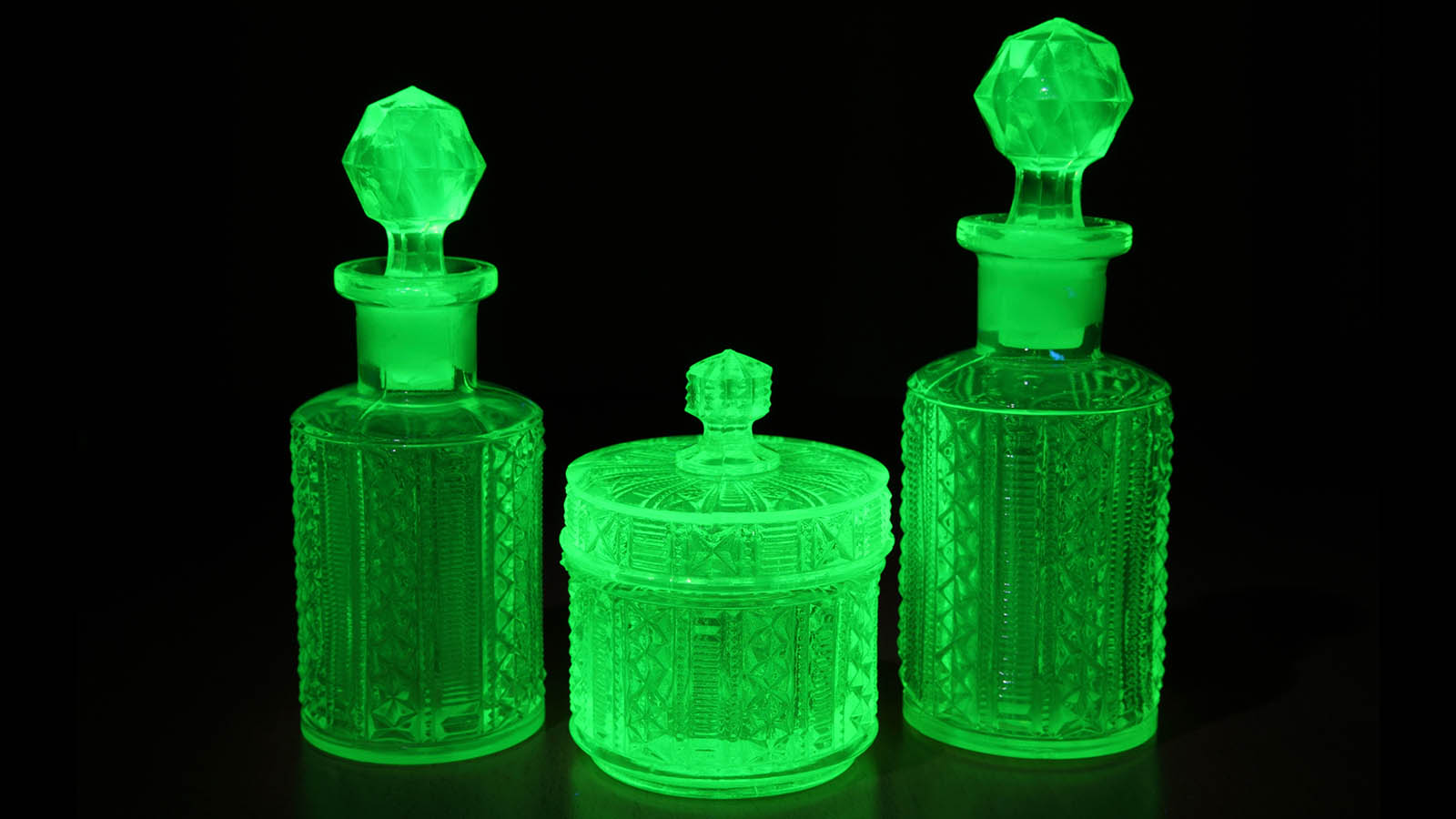
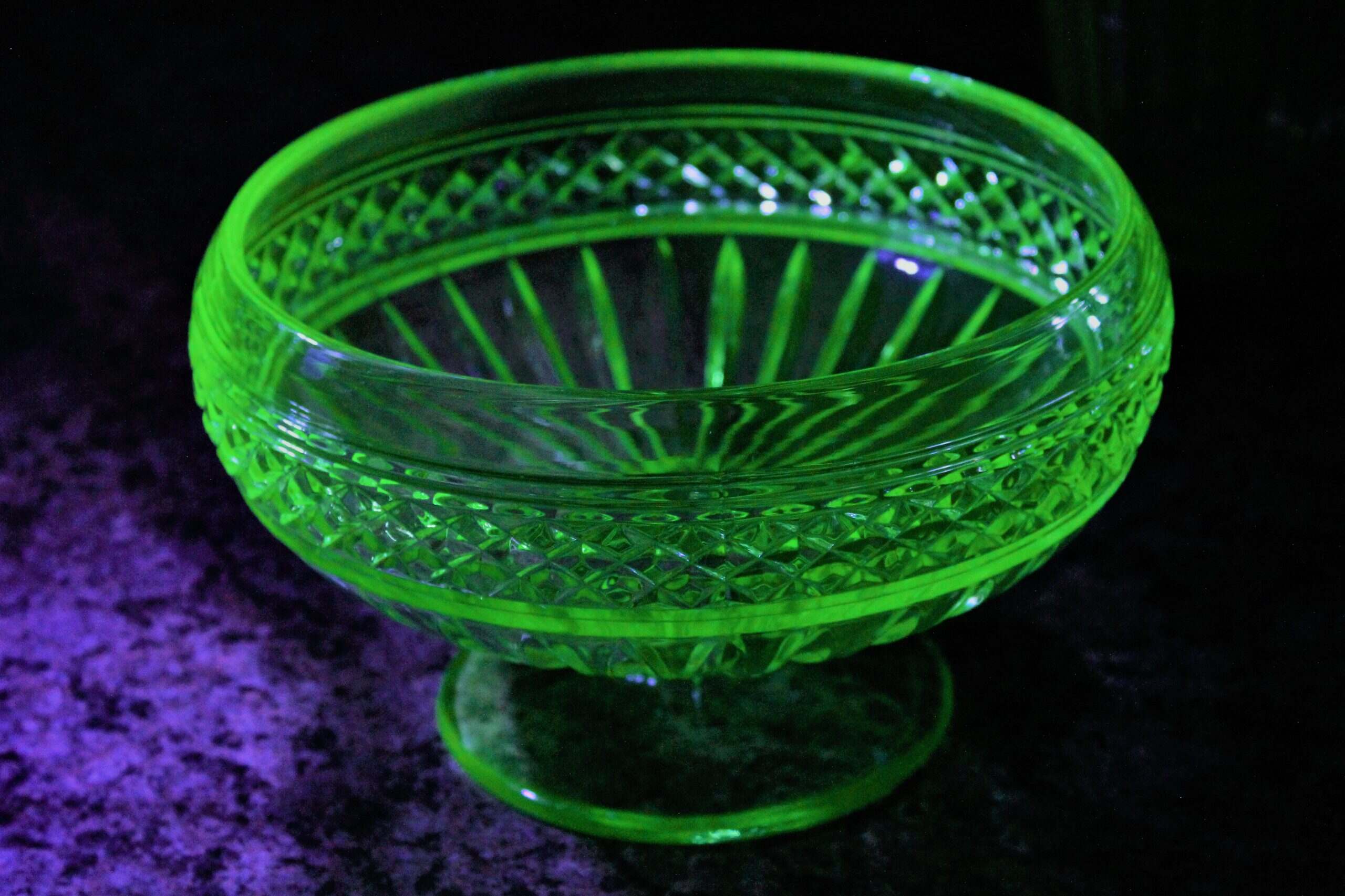
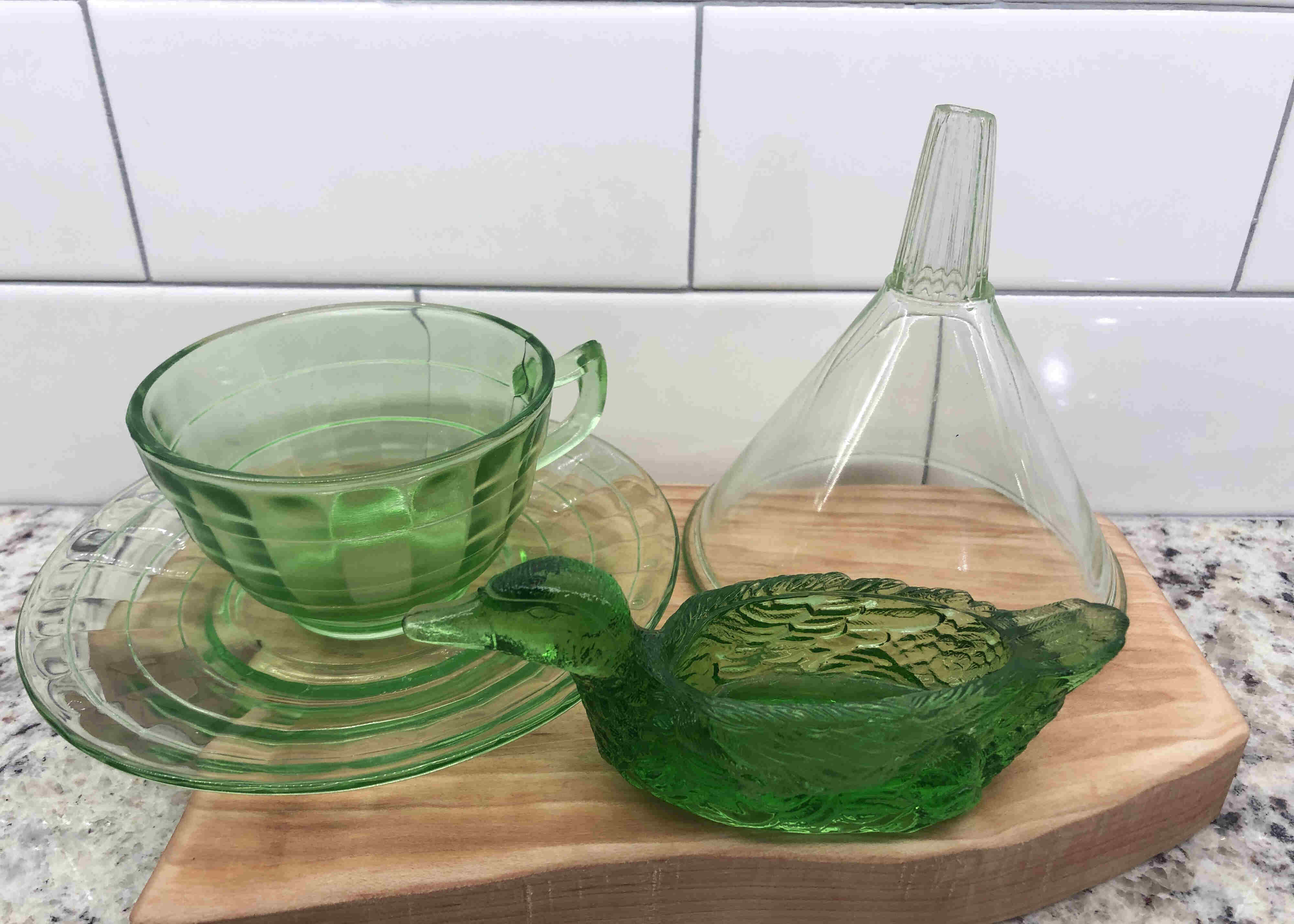
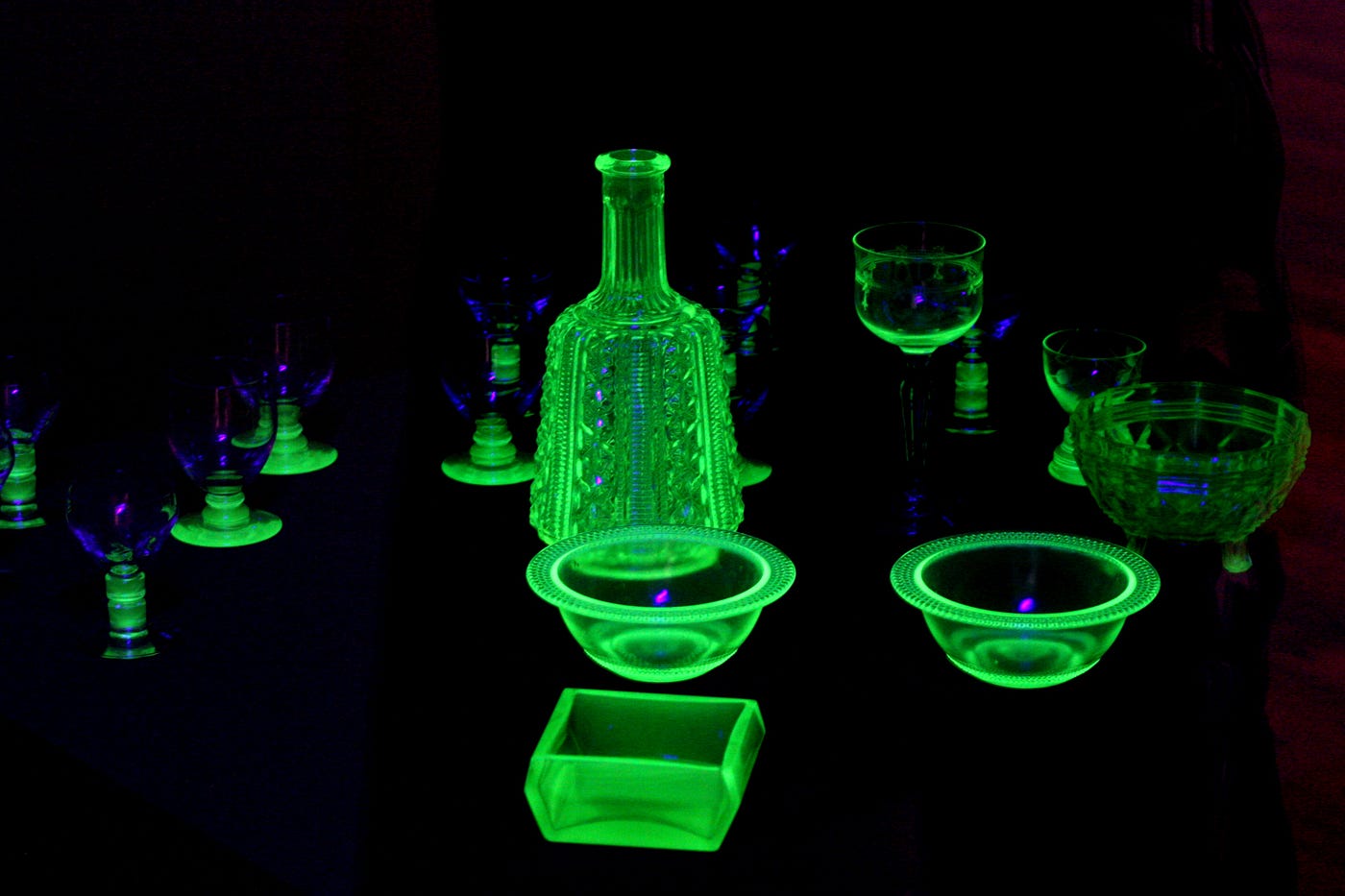

0 thoughts on “How To Spot Uranium Glass”